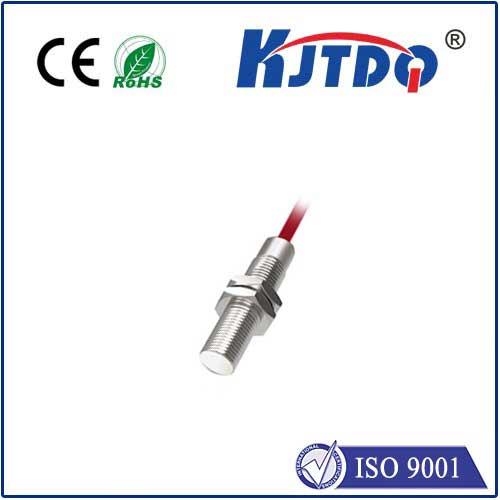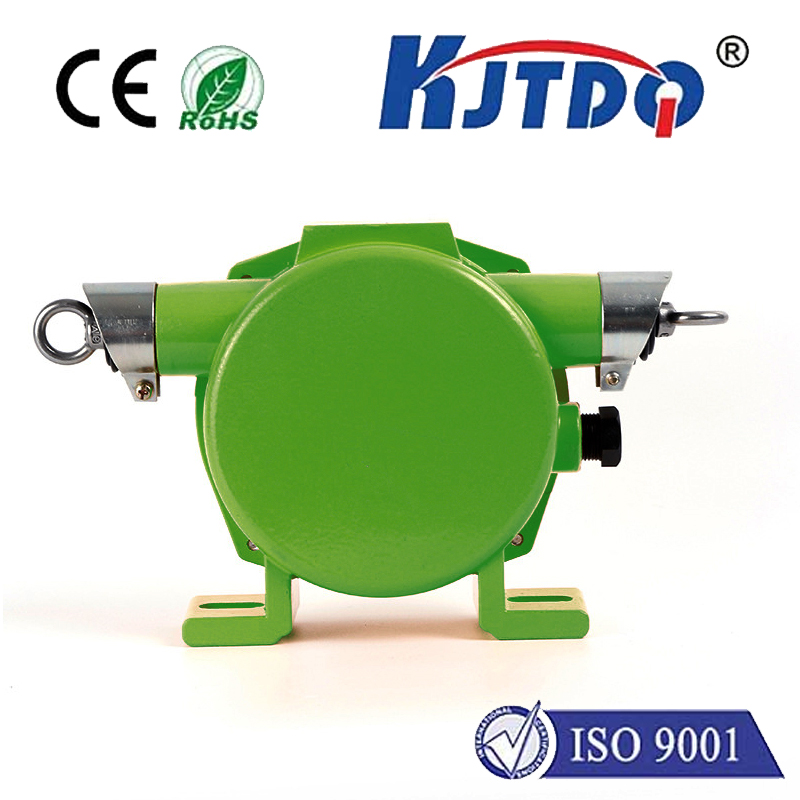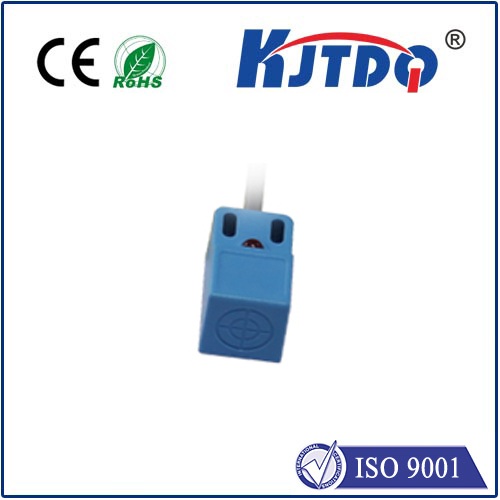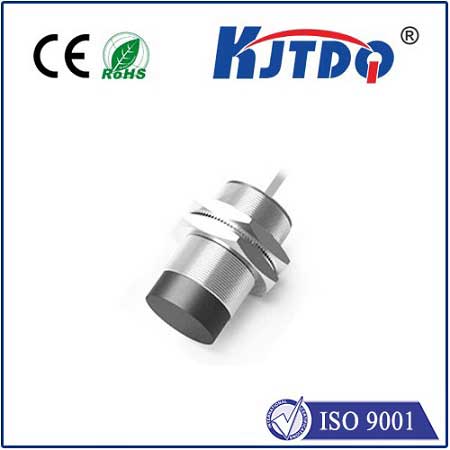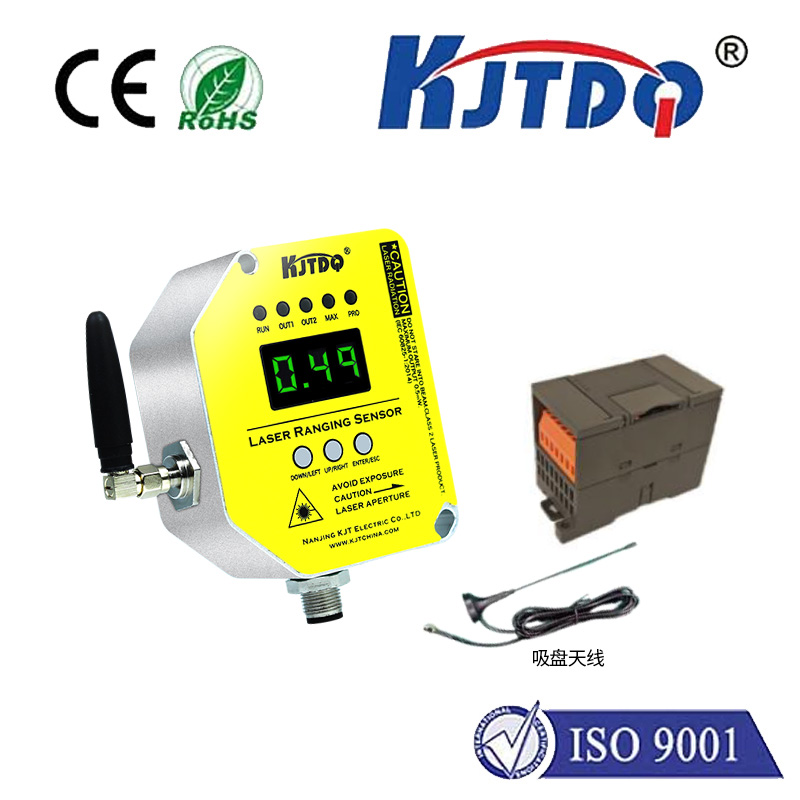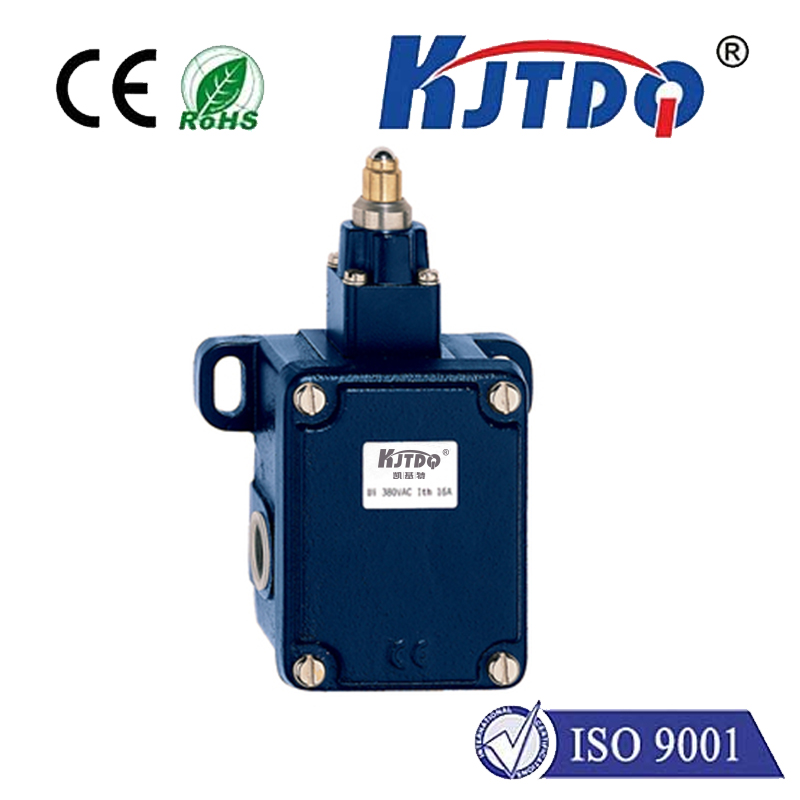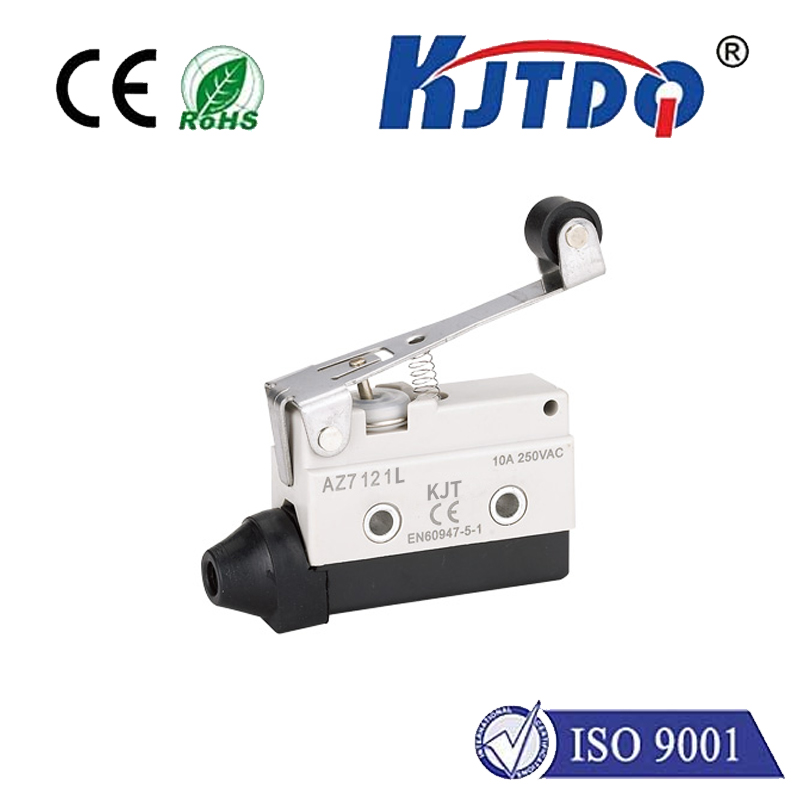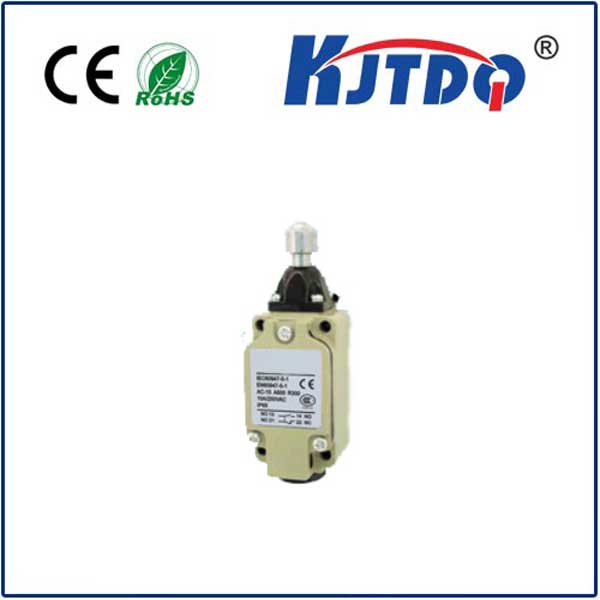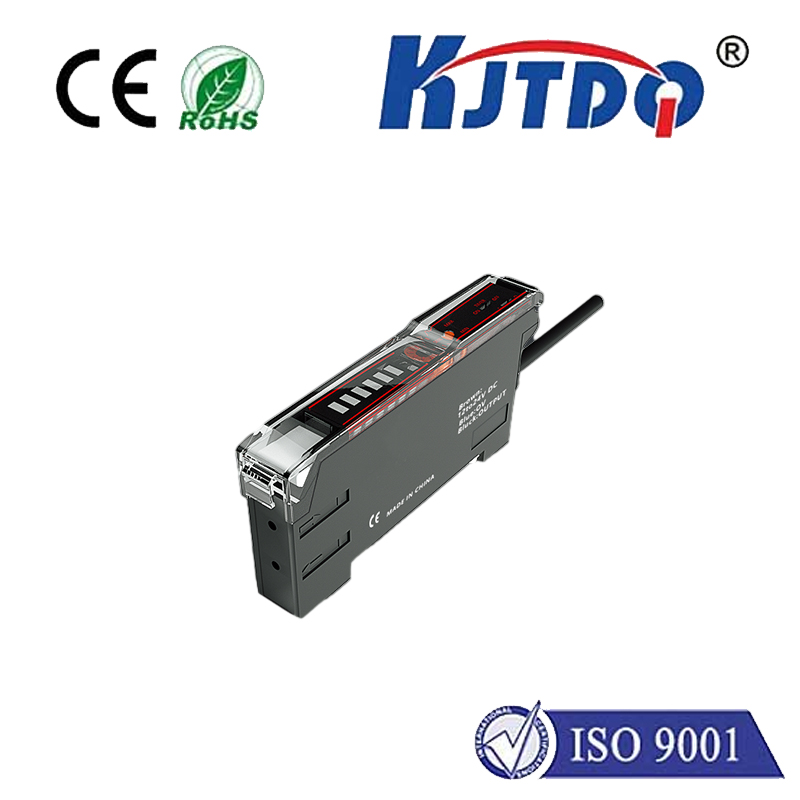датчик радиоприближения
- time:2025-06-28 02:48:44
- Нажмите:0
The Invisible Guardian: How Radio Proximity Sensors Transform Modern Automation
Imagine a robotic arm assembling a complex engine block within millimeters of precision, or a massive elevator silently stopping perfectly level with the floor, every single time. This isn’t magic; it’s the silent, unseen work of radio proximity sensors. These remarkable devices act as the eyes of countless automated systems, detecting the presence, absence, or distance of objects without physical contact. Utilizing radio waves, they work reliably where other sensors falter, defining the next generation of safety and efficiency.
Beyond Touch: The Science of Radio Sensing
At their core, radio proximity sensors operate on fundamental principles of radio frequency (RF) technology. They emit a specific frequency or pattern of radio waves from an antenna. When these waves encounter an object within their detection range, they are reflected back towards the sensor. Sophisticated circuitry within the sensor then analyzes key properties of this reflected signal:
- Signal Strength: The intensity of the returned signal often diminishes with increasing distance.
- Time of Flight (ToF): For sensors employing pulsed signals, the precise time taken for a wave to travel to the object and back is measured directly to calculate distance.
- Frequency Shift (Doppler Effect): Some sensors utilize the Doppler shift, detecting changes in wave frequency caused by a moving object, ideal for speed sensing.
This analysis translates the properties of the reflected wave into an accurate distance measurement or a simple on/off detection signal. The result is highly reliable, non-contact sensing unaffected by factors like dust, smoke, mist, or even visually obscured targets that would easily confuse optical sensors.

Where the Waves Work: Key Applications
The unique strengths of radio sensors unlock capabilities across diverse environments:
- Industrial Automation Powerhouse: In factories, they provide critical positioning feedback for robotics, ensure precise parts handling on conveyor lines, and monitor fill levels in tanks (even detecting through non-metallic walls). Their robustness keeps production lines running smoothly amidst challenging conditions.
- Automotive Safety and Innovation: From sophisticated automatic parking assistance systems that precisely gauge distances to curbs, to advanced driver-assistance systems (ADAS) monitoring vehicle surroundings, radio sensors are vital components. They also ensure precise positioning of components during high-speed vehicle assembly.
- Intelligent Material Handling: In warehouses and logistics centers, radio proximity sensors guide Automated Guided Vehicles (AGVs), ensuring safe navigation and preventing collisions. They accurately detect pallet positions on conveyors and control automated forklift operations.
- Smart Building Integration: Enhancing user experience and safety, these sensors enable touchless elevator call buttons and door automation. They also play a crucial role in intelligent parking systems by detecting vehicle presence in parking spaces.
- Heavy Machinery Protection: In sectors like mining, construction, and agriculture, large, complex machinery relies on radio sensors for critical collision avoidance and safe zone monitoring, protecting both equipment and personnel.
Radio vs. The Rest: Why Choose RF Proximity?
While ultrasonic, inductive, capacitive, and optical sensors are common solutions, radio proximity sensors offer distinct advantages under specific conditions:
- Superior Penetration: Radio waves effectively penetrate dust, fog, smoke, non-metallic materials (like plastic or wood walls), and other visually obstructive mediums where ultrasonic and optical sensors typically fail.
- Extended Range: Capable of detecting objects reliably over significantly longer distances than many inductive or capacitive sensors.
- Material Independence: Unlike inductive sensors (limited to metals) or capacitive sensors (responsive to most materials but sensitive to environmental changes), radio sensors detect a vast range of materials reliably.
- All-Weather Robustness: Designed to perform consistently in demanding outdoor or industrial settings subject to temperature variations and harsh weather.
Here’s a quick comparison highlighting key factors:
| Особенности |
Radio Proximity |
Ultrasonic |
Inductive |
Capacitive |
Optical |
| Detection Target |
Most Materials |
Most Materials |
Metals Only |
Most Materials |
Reflective/Opaque |
| Medium Penetration |
★★★★★ |
★★★★☆ |
★☆☆☆☆ |
★★☆☆☆ |
★☆☆☆☆ |
| Long Range |
★★★★☆ |
★★★★☆ |
★☆☆☆☆ |
★★☆☆☆ |
★★★★★ |
| Dust/Smoke/Mist |
★★★★★ |
★★★☆☆ |
★★★★★ |
★★★★☆ |
★☆☆☆☆ |
| Material Independence |
★★★★★ |
★★★★★ |
★☆☆☆☆ |
★★★★☆ |
★★★☆☆ |
Seeing Further: The Future of Radio Proximity Sensing
The evolution of radio proximity sensing continues rapidly. Emerging trends include:
- Millimeter Wave (mmWave) Technology: Operating at extremely high frequencies (e.g., 60GHz, 77GHz), mmWave sensors offer unprecedented distance measurement accuracy and resolution, enabling detection of finer details and smaller objects. This is crucial for advanced robotics and automotive autonomy.
- Sensor Fusion: Combining the data from radio sensors with inputs from cameras, LiDAR, or inertial sensors creates a far richer, more reliable perception of the environment, essential for complex systems like autonomous vehicles and collaborative robots.
- Enhanced Intelligence: Integration with AI and machine learning allows sensors not only to detect presence and distance but also to classify objects, predict movement, and make more complex decisions locally at the edge.
- Miniaturization & Integration: Ongoing efforts focus on making radios smaller, more power-efficient, and easier to integrate seamlessly into diverse products and systems.
A Quiet Revolution in Detection
From the whisper-quiet precision of a semiconductor fab robot to the critical collision avoidance system on a massive mining truck, radio proximity sensors are indispensable enablers of modern automation and safety. Their unique ability to reliably “see” through the unseen – identifying objects without contact, across significant distances, and through challenging environmental conditions – underpins efficiency, precision, and protection in countless applications. As technology advances, particularly with mmWave and AI integration, the capabilities of these invisible guardians will only expand, making them an even more foundational element of our increasingly automated world.


